
Independence Gate on Black Star Square
Colonial imprint
Located in the west of Africa, the Republic of Ghana is a country with a long history of formation, in the 11th century it had a developed economy based on agriculture, handicrafts, and trade. Ghana owns large reserves of gold, diamonds, oil, and rare minerals, therefore, from the 15th to the 20th century, Ghana continuously became a colony of Portugal, England, the Netherlands... When mentioning Africa or Ghana during this period, people cannot forget the historical darkness of the transatlantic slave trade that lasted for many centuries.
In 1957, Ghana became the first African country to gain independence. The remaining monuments in the capital Accra are historical witnesses to the freedom of the Black Continent. Every year, on March 6 - Ghana's Independence Day, a solemn parade takes place at the Black Star Square in the center of the capital Accra. There is also the Independence Gate - an architectural work representing Ghana's struggle for independence from British rule. Above the gate is a five-pointed Black Star symbol representing Ghana and Africa. Not far away is the park, mausoleum and monument to Kwame Nkrumah - the first president of independent Ghana, covered with Italian marble.
Traces of the transatlantic slave trade in Ghana today are still imprinted on 32 coastal castles and forts, built at different times by Portuguese, Spanish, Danish, Swedish, Dutch, German, and British merchants. One of the most important places in the slave trade route from Africa to the Americas was Cape Coast Castle, built by the Portuguese in 1555, then under the control of the Swedish, Dutch, and finally the British. By 1807, the slave trade was banned, replaced by the exchange of precious metals, ivory, corn, and pepper. In the 18th century, Cape Coast Castle became a European educational center in Ghana.
Today, the castle is one of the top tourist attractions in Ghana. Guided by a tour guide, visitors can take a tour of Cape Coast Castle, visit Dalzel Tower, the Slave Dungeon, and the cannons and mortars used to defend the castle. The castle also houses the West African History Museum, which houses a valuable collection of art and cultural artifacts. Along with Cape Coast Castle, UNESCO has listed 31 other forts and castles along the coast of Ghana as World Heritage Sites.
Explore the natural world
Ghana is blessed with a large area of natural forest cover and a rare flora and fauna. If you want to see wildlife, visit Mole National Park - the largest and oldest of Ghana's seven protected areas. This is home to primates such as green vervet monkeys and baboons; mammals such as warthogs and hippos; spotted hyenas, leopards and 344 species of birds that nest or migrate here.
If you like to walk in the rainforest canopy, you can visit Kakum National Park. This is home to dozens of mammal species, including the spotted-nosed monkey, six species of antelope and Ghana’s densest population of wild elephants. However, most of these wild animals are often “camouflaged” in the vast forest canopy. Therefore, you should enjoy walking on rope bridges at a height of 40m and admire the world of primeval hardwoods such as ebony and mahogany. Many of the trees are centuries old, reaching up to 60m high, and are a favorite habitat for a number of animals.
Colorful culture
With a long history, Ghana is a melting pot of distinctive indigenous cultures. Ghanaians are good at making exquisite handicrafts such as beaded dolls, carved wooden bowls, leather bags, djembe drums or unique Bolgatanga baskets. Visitors should buy as gifts the colorful traditional kente cloth of the Akan people. Each color on the fabric has a certain meaning: Blue is peace and love; yellow represents royalty, wealth and beauty. In addition, Ghana is also one of the largest bead-producing countries in the world with glass beads or seashells used to make bracelets, anklets, necklaces or waistbands. If you are a fan of natural cosmetics, you cannot miss the mud village of Hamamat, famous for its raw shea butter products - a natural skin moisturizer extracted from the shea tree.
From September to December each year, there are more than 200 festivals with colorful parades, dances and musical performances. This is also the time when tribes across Ghana celebrate harvest festivals, the most famous being the Kundum festival to thank God for the abundant food supply, the Damba festival to celebrate the birthday of the Islamic Prophet Mohammed and an occasion for families to meet each other; and the Odwira festival to pray for protection from the gods and express gratitude to ancestors...
Source


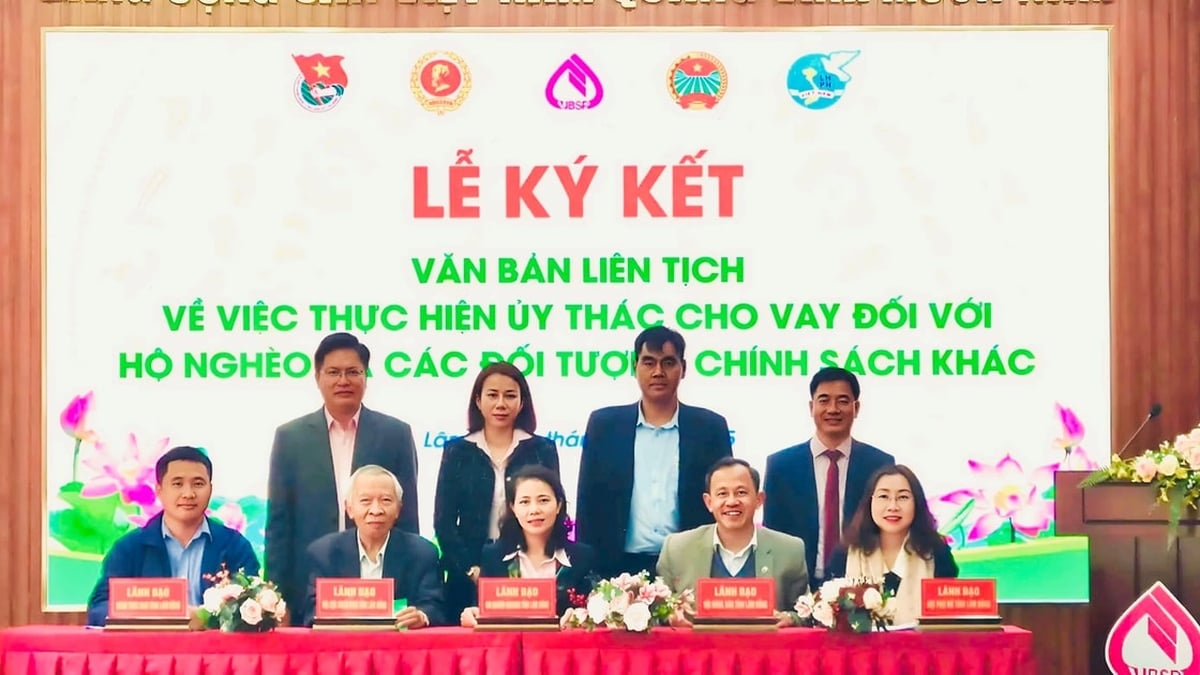
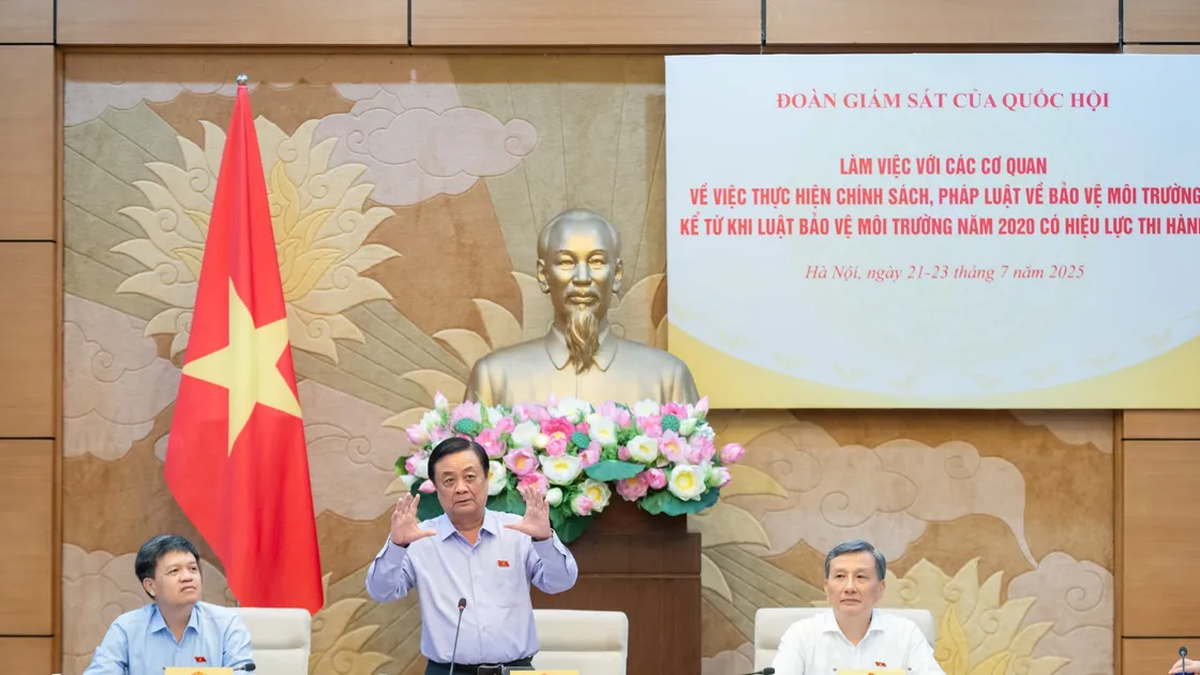
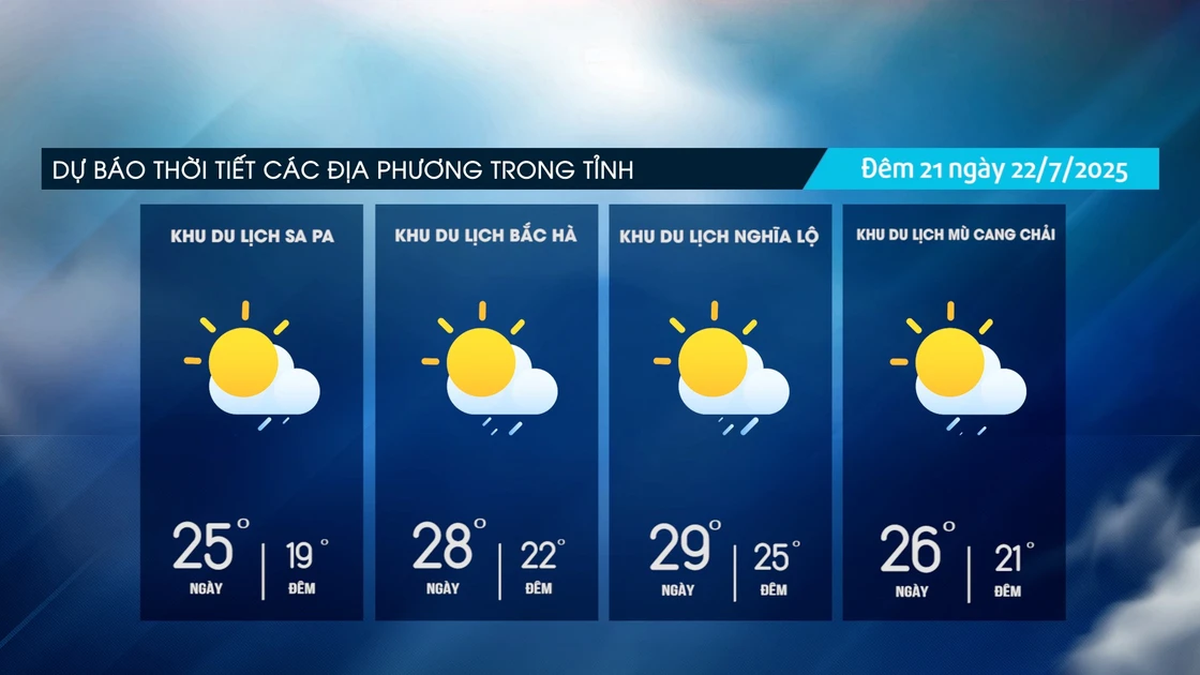

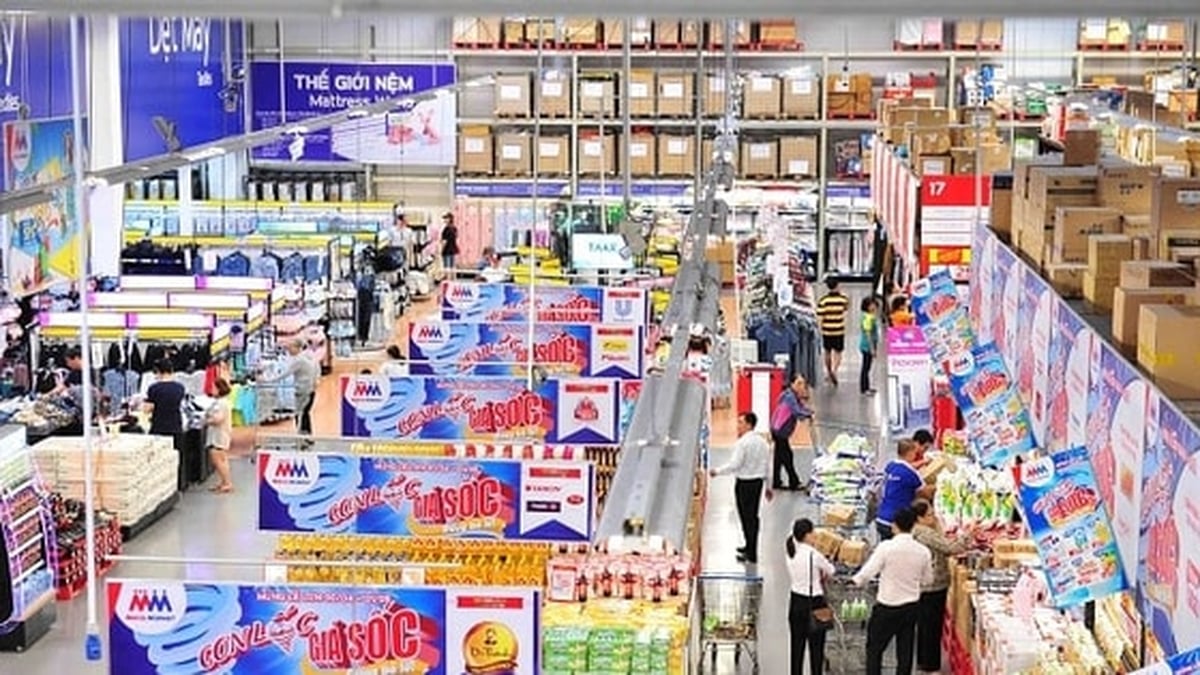
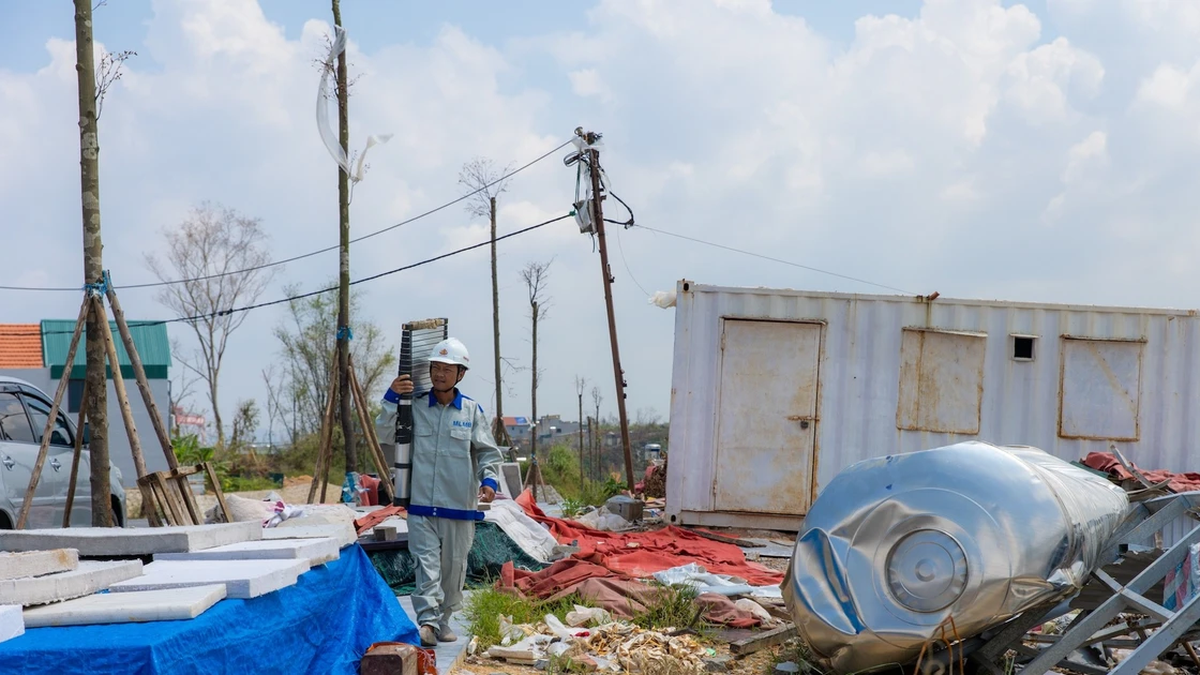
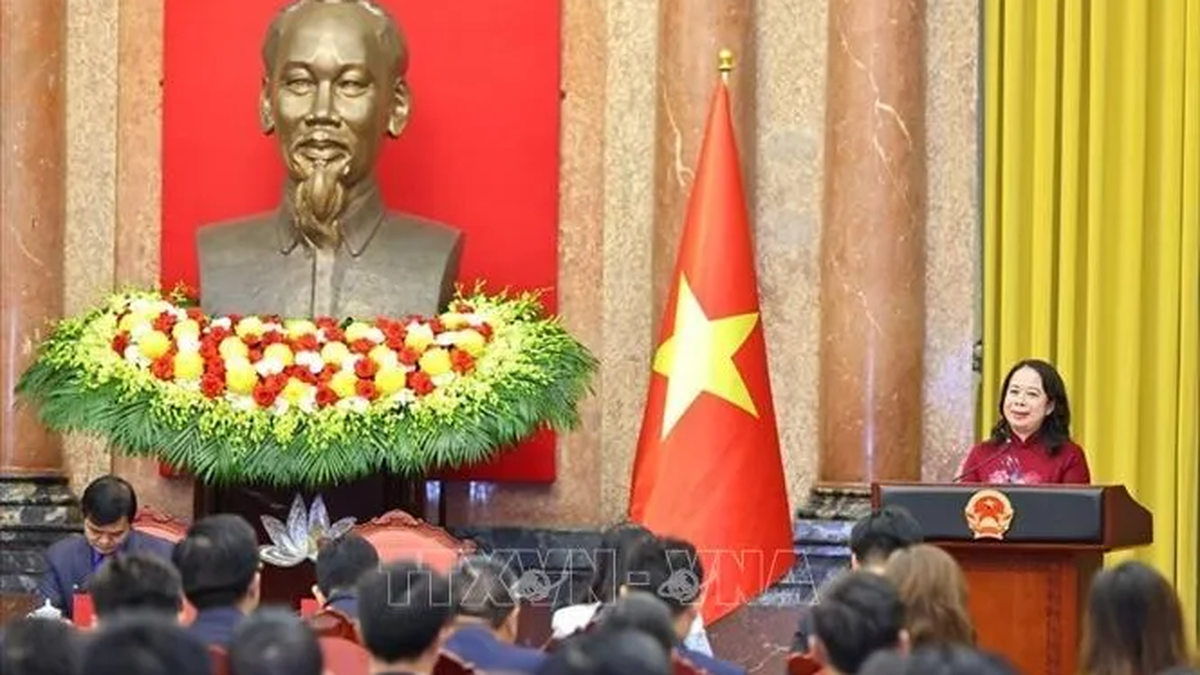
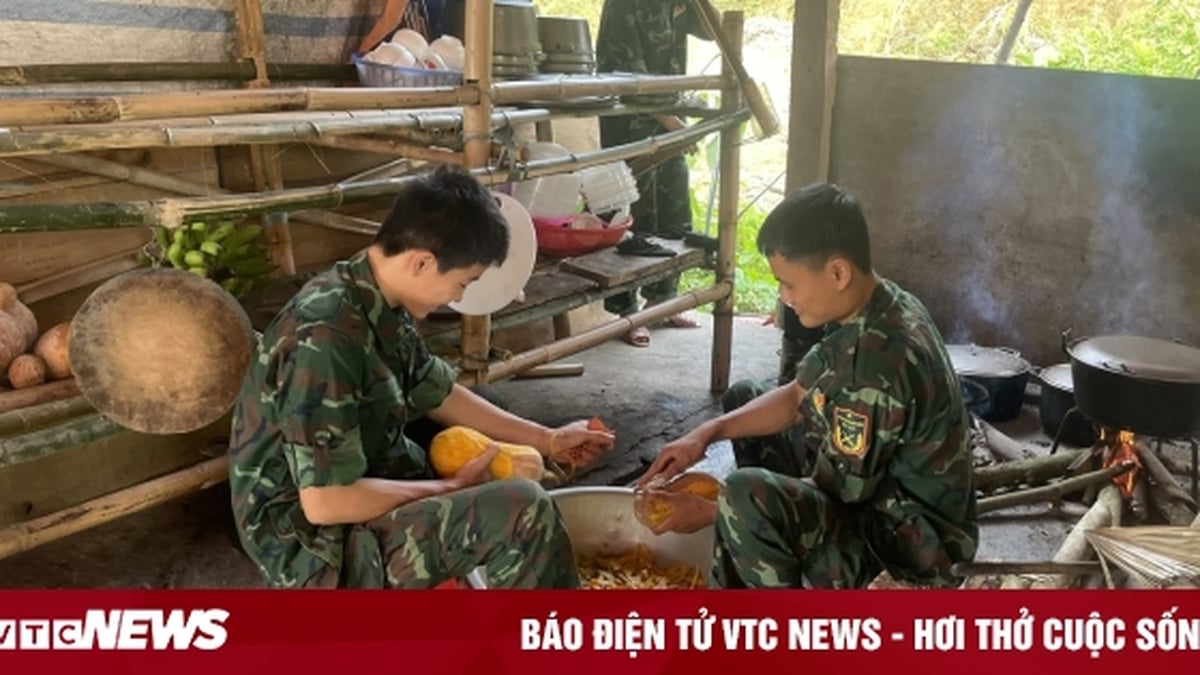
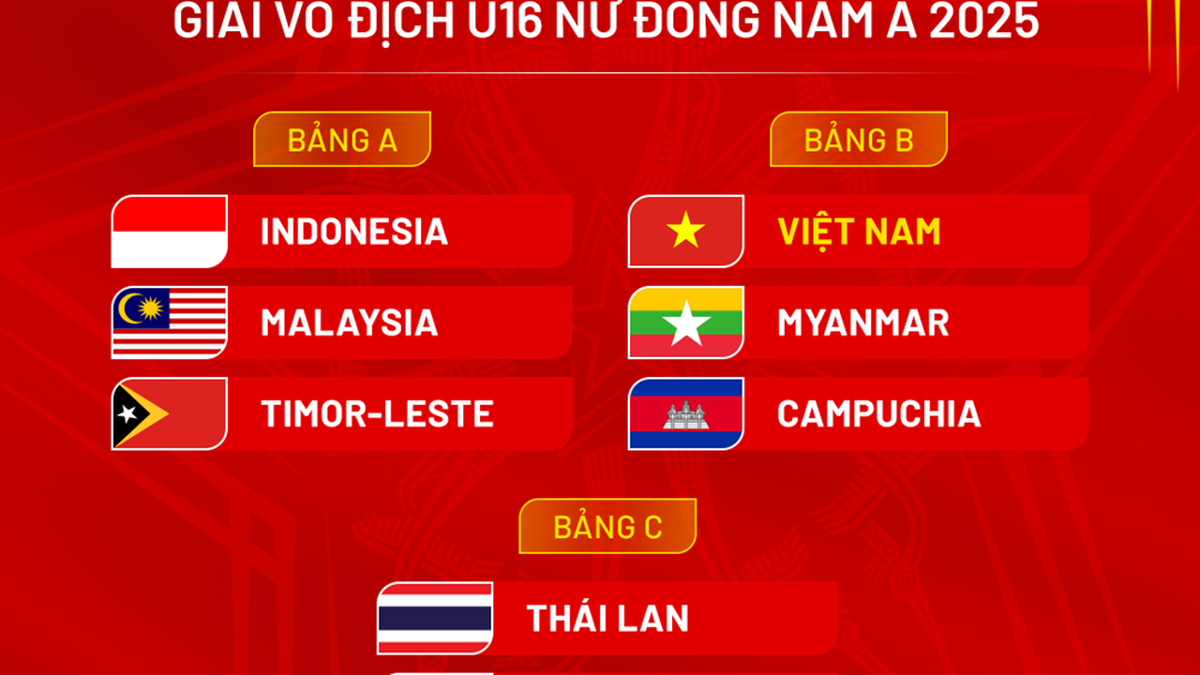
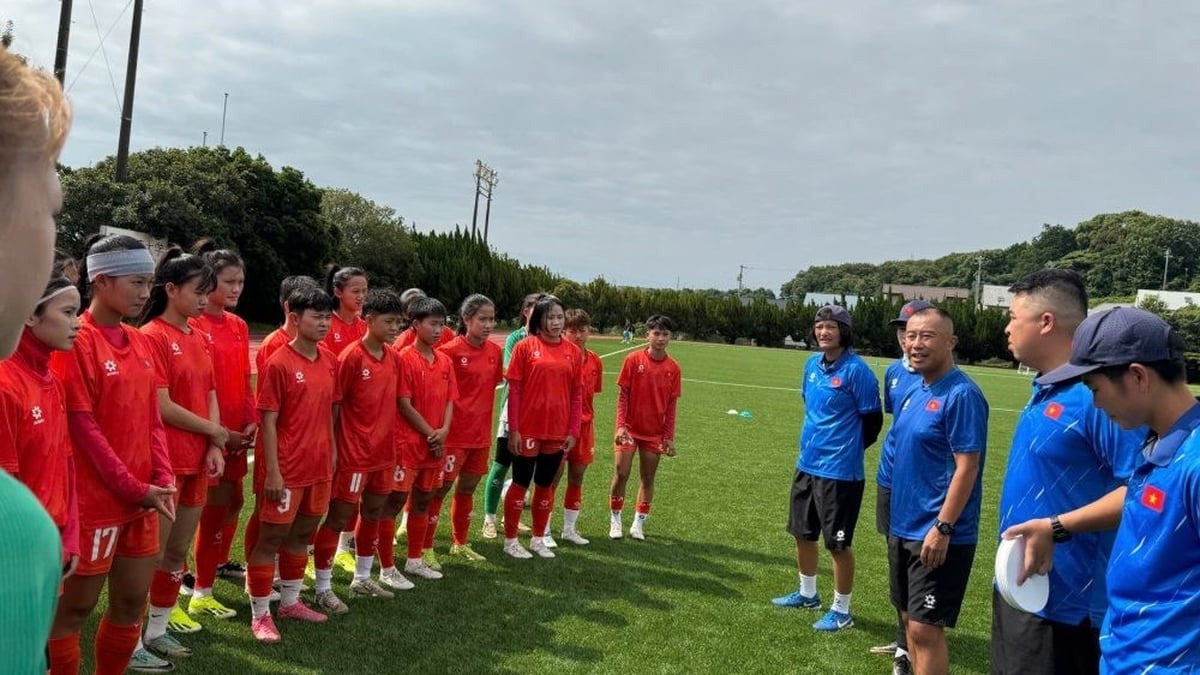














![[Photo] National Assembly Chairman Tran Thanh Man visits Vietnamese Heroic Mother Ta Thi Tran](https://vphoto.vietnam.vn/thumb/1200x675/vietnam/resource/IMAGE/2025/7/20/765c0bd057dd44ad83ab89fe0255b783)


















































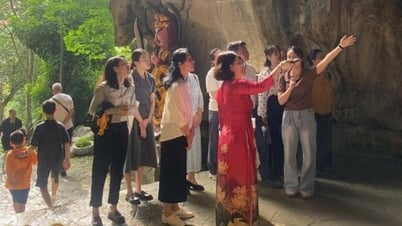
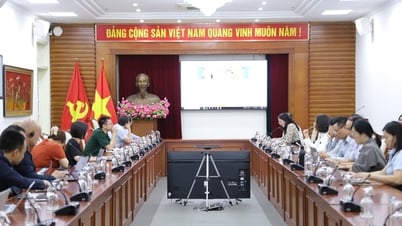





















Comment (0)